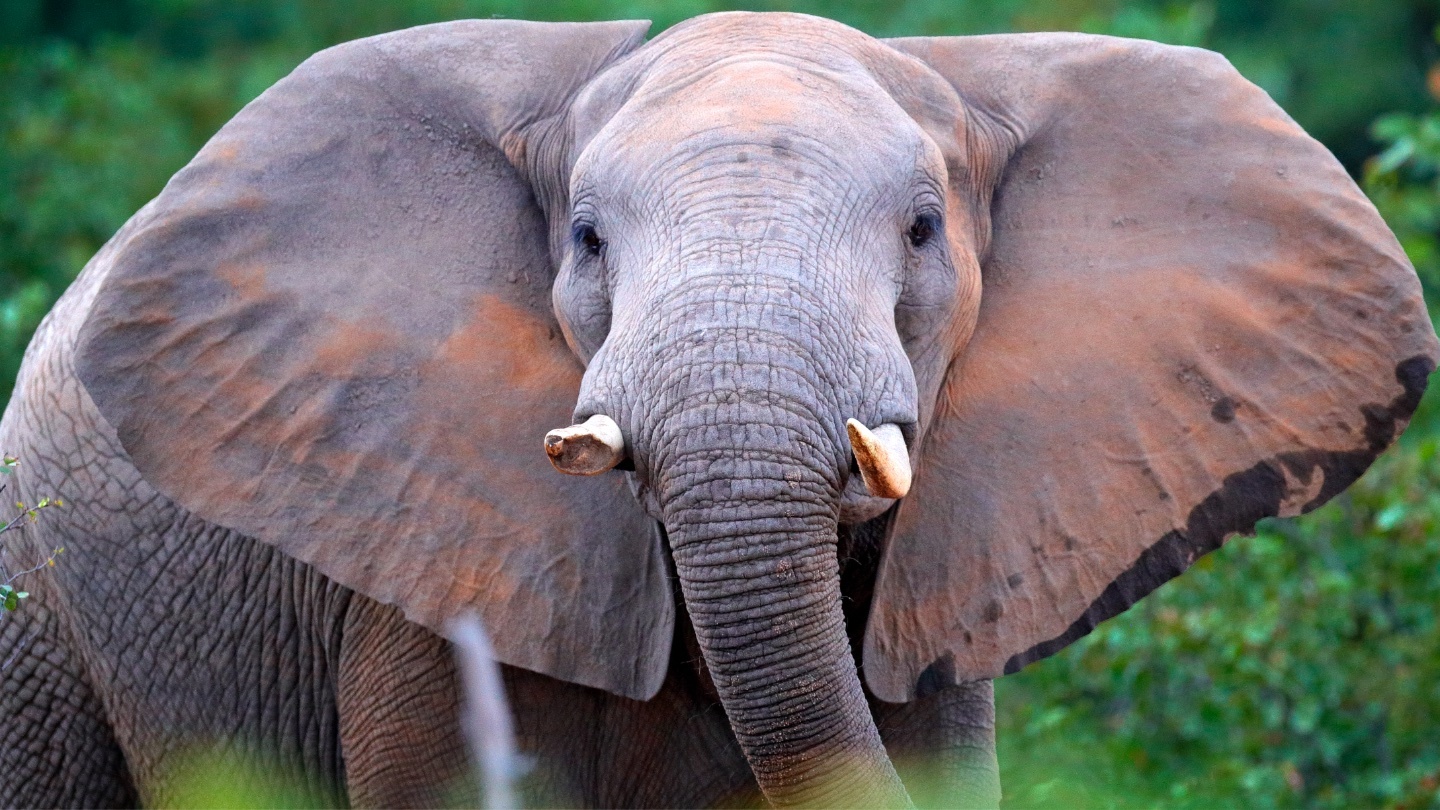elephants
The loss of elephants accelerates climate change.
Poachers trade on a black market estimated to total $40 billion. It’s impossible to stop every poacher, but new technology could bolster the efforts of conservationists by putting a set of eyes in the sky.

